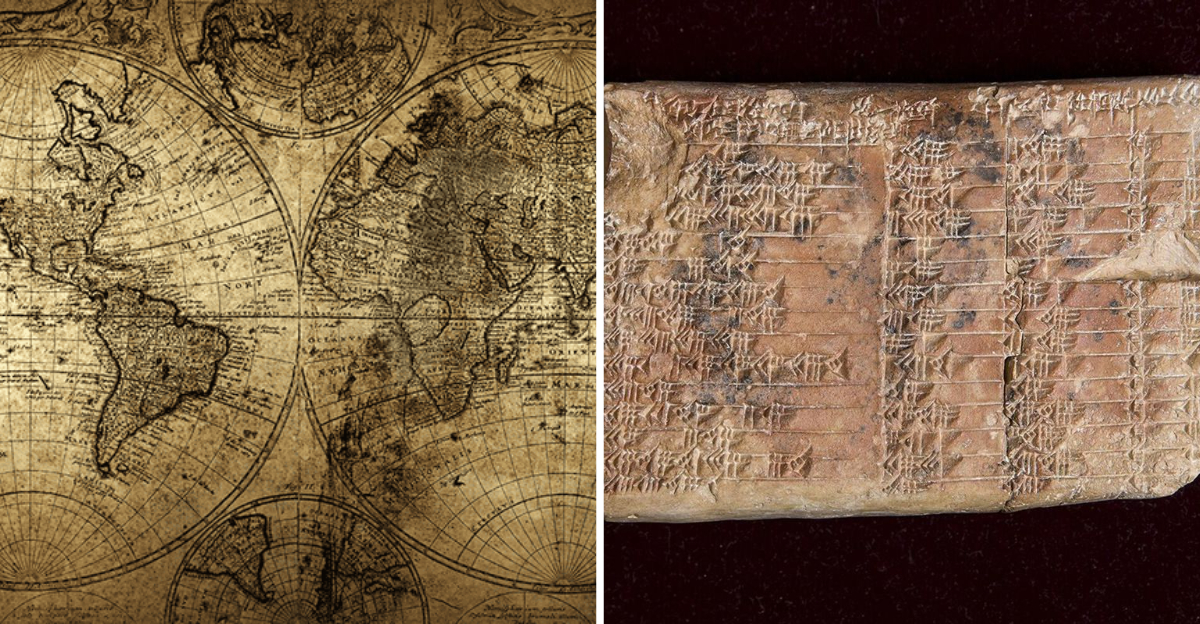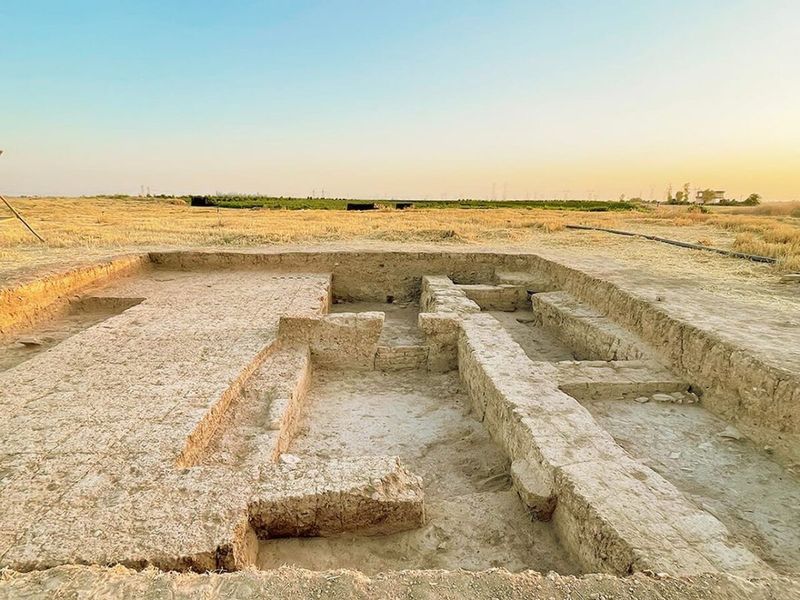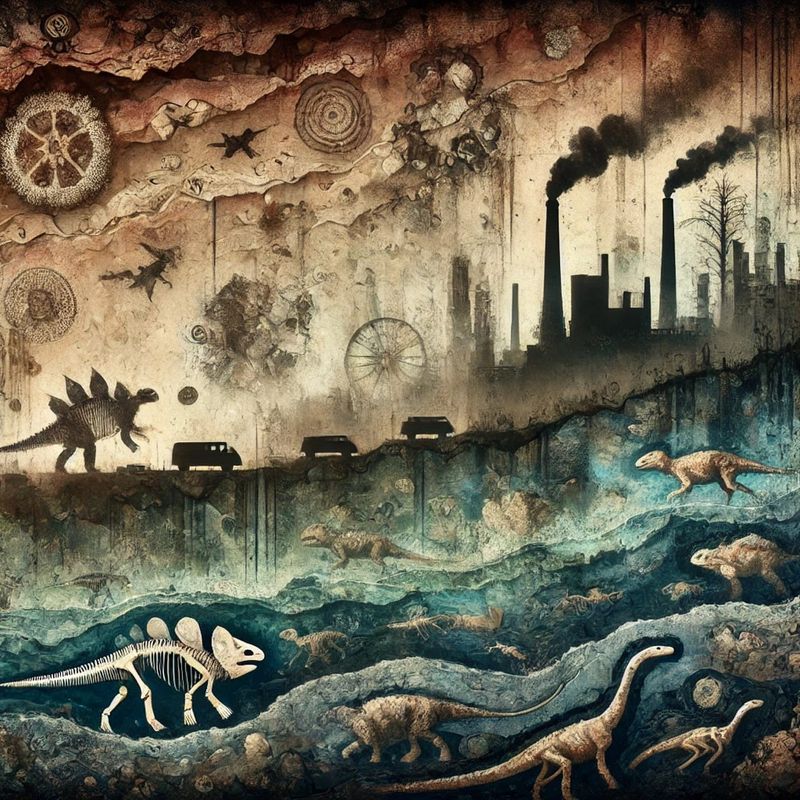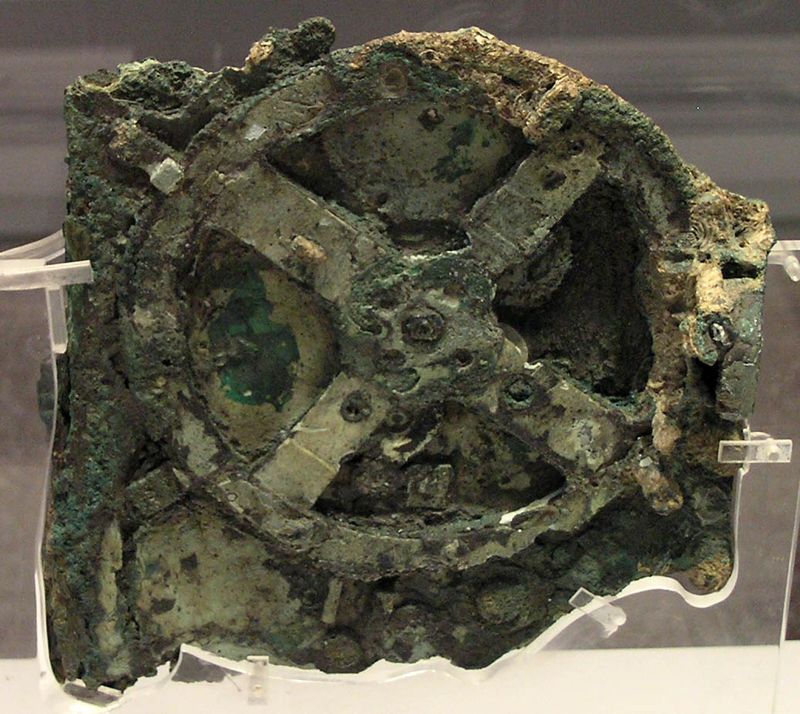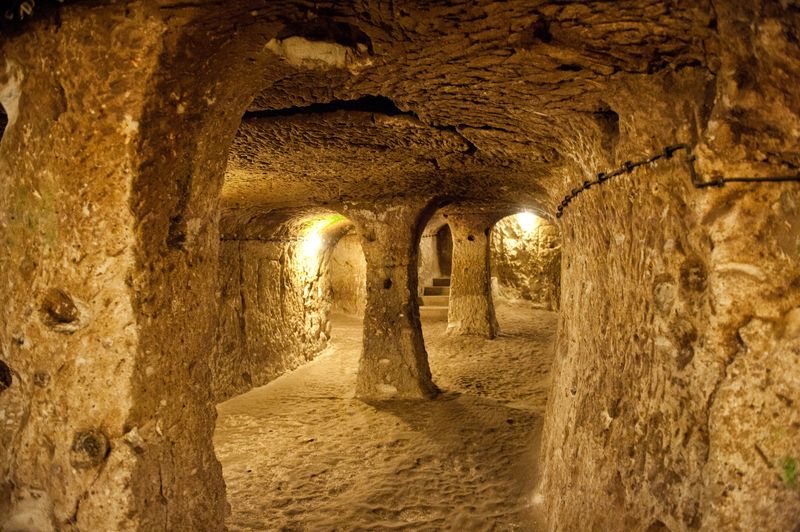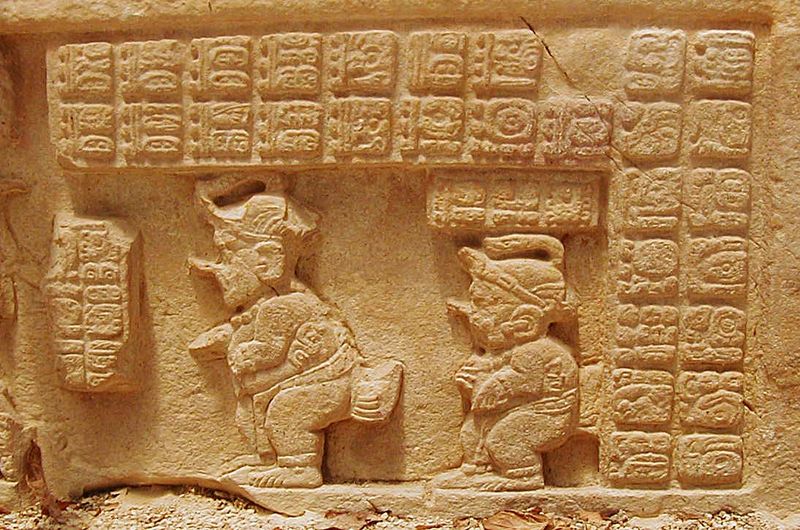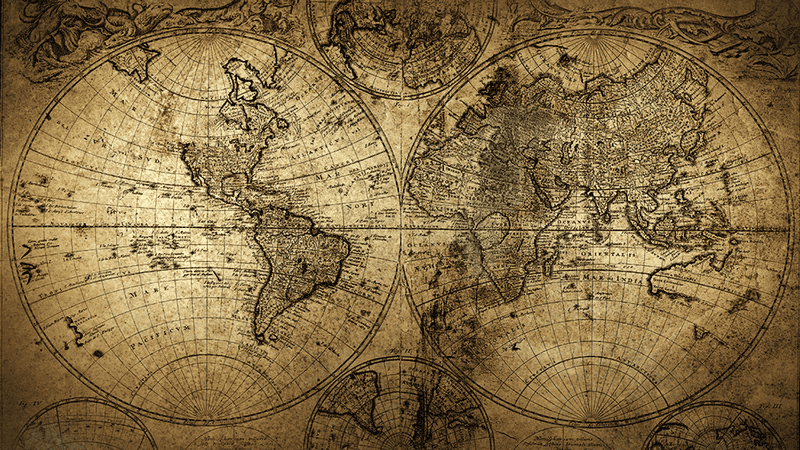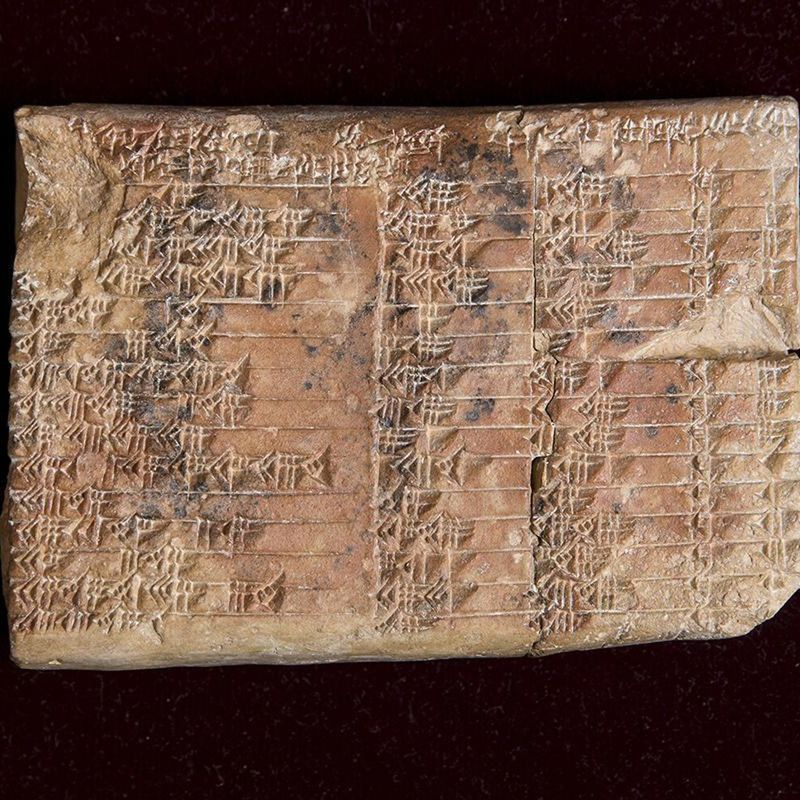The Silurian Hypothesis presents a fascinating conjecture: could an advanced civilization have existed on Earth long before humans appeared? This hypothesis challenges our understanding of Earth’s history, suggesting that evidence of such a civilization might be hidden beneath millions of years of geological change. Here, we explore nine intriguing aspects of the Silurian Hypothesis, each offering a unique perspective on this captivating idea. From geological traces to potential technological remnants, these items will take you on a journey through time, encouraging you to ponder the mysteries of Earth’s distant past.
Geological Traces
Geological evidence is a cornerstone of the Silurian Hypothesis. The Earth’s surface has undergone tremendous changes over millions of years, potentially hiding ancient civilizations beneath layers of rock and soil. Geological traces such as anomalous rock formations could be remnants of advanced structures. These formations might require detailed analysis to distinguish between natural and artificial origins. Understanding them involves examining mineral compositions, erosion patterns, and other geological features. The possibility of discovering engineered structures from pre-human eras excites both scientists and enthusiasts alike, offering a captivating glimpse into Earth’s hidden past.
Fossil Anomalies
Fossils typically tell the story of life on Earth, but what if they also hint at advanced civilizations? Some researchers propose that anomalous fossils could point to sophisticated life forms that existed millions of years ago. These fossils might exhibit unique characteristics that don’t align with known species. Analyzing such fossils involves sophisticated scanning technologies and detailed comparisons with existing records. The presence of tools or unusual artifacts alongside these fossils could further support the hypothesis. While speculative, this approach opens the door to re-examining Earth’s biological history with fresh eyes.
Technological Artifacts
Technological artifacts are compelling pieces of evidence in the search for ancient civilizations. Imagine discovering a tool or device embedded in ancient strata, suggesting technological prowess. Such discoveries would require rigorous scientific validation and could redefine our understanding of technological evolution. These artifacts could be metallic or mineral-based, possibly exhibiting advanced craftsmanship. The study of these items might involve collaboration between archaeologists, geologists, and engineers to understand their function and origin. Finding such artifacts would ignite debates and inspire further exploration into the depths of Earth’s timeline.
Subterranean Structures
Beneath the Earth’s surface lies a world of mystery, including potential subterranean structures that may have been built by ancient civilizations. These structures, hidden beneath layers of sediment and rock, could hold the key to understanding prehistoric life. Advanced dating and imaging techniques help explore these underground wonders. Exploring them requires specialized equipment and expertise to navigate and document. The possibility of uncovering architectural marvels from a lost civilization fuels both scientific inquiry and public imagination, sparking interest in the untapped mysteries beneath our feet.
Climate Change Evidence
Climate change over Earth’s history could provide clues to past advanced civilizations. Ancient climate records, trapped in ice cores, sediments, and tree rings, might reveal unusual patterns. These anomalies could correlate with the activities of a technologically advanced society. By examining historical climate shifts, scientists can hypothesize the influence of non-natural factors on climate. This evidence might include unexpected greenhouse gas levels or sudden climatic events. While challenging to prove, the exploration of ancient climate data offers a novel perspective on how advanced life might have impacted the Earth long before humans.
Myth and Legend Correlations
Myths and legends from various cultures often tell stories of advanced beings and lost civilizations. These tales might hold fragments of truth, preserved through oral tradition. By examining these stories, researchers can identify common themes or elements that align with the Silurian Hypothesis. Cross-referencing myths with archaeological and geological findings could reveal astonishing connections. Though often dismissed as mere folklore, these narratives might offer insights into humanity’s collective memory of past civilizations. Exploring these stories can lead to a deeper understanding of ancient cultural perspectives and the mysteries they might conceal.
Astrobiological Comparisons
Astrobiology explores life’s potential beyond Earth, but it also provides insights into ancient civilizations here. By comparing astrobiological findings with terrestrial evidence, scientists can draw parallels. This approach might reveal patterns or technologies shared by potential ancient Earth civilizations and extraterrestrial life. Studying extremophiles, organisms thriving in harsh conditions, helps understand how life might have existed in ancient times. These studies could point to advanced genetic or biological adaptations. Such comparisons open a new avenue for understanding Earth’s history, bridging the gap between cosmic possibilities and terrestrial realities.
Advanced Mathematical Knowledge
Mathematics has always been a hallmark of advanced civilizations. Discovering ancient texts or inscriptions with complex mathematical concepts might indicate a sophisticated society. These mathematical artifacts could include geometrical patterns, astronomical calculations, or even rudimentary forms of calculus. Scholars study these findings to uncover the intellectual achievements of potential ancient civilizations. The presence of advanced math in ancient contexts suggests a level of understanding and innovation that challenges current historical narratives. Engaging with these mathematical artifacts enriches our appreciation of human intellect and its evolution across time.
Lost Knowledge and Wisdom
Envision ancient scrolls and manuscripts filled with the wisdom and knowledge of a forgotten civilization. These texts might contain advanced understanding of science, medicine, and philosophy, offering insights that could revolutionize modern thought.
The rediscovery of such knowledge would not only enhance our comprehension of human history but also potentially inspire new advancements across various fields. Safeguarding and interpreting these texts would be essential to preserving the legacy of these ancient thinkers, allowing their wisdom to benefit future generations.
